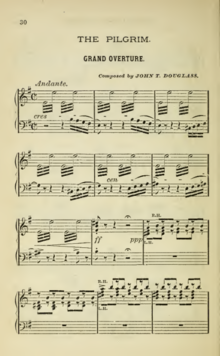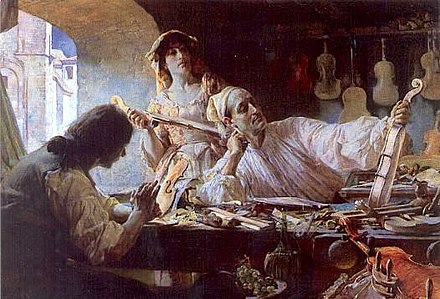

Классическая музыка обычно относится к художественной музыке западного мира , которая считается отличной от западной народной музыки илитрадиций популярной музыки . Иногда ее называют западной классической музыкой , поскольку термин «классическая музыка» также может применяться к незападной художественной музыке . Классическая музыка часто отличается формальностью и сложностью музыкальной формы и гармонической организации , особенно с применением полифонии . По крайней мере, с девятого века это была преимущественно письменная традиция, породившая сложную систему обозначений , а также сопутствующую литературу в аналитической , критической , историографической , музыковедческой и философской практике.основополагающим компонентом западной культуры , часто рассматривается с точки зрения отдельных композиторов или групп композиторов , чьикомпозиции, личности и убеждения фундаментально сформировали ее историю. ( Полная статья... )





















Следующие дочерние проекты Фонда Викимедиа предоставляют дополнительную информацию по этому вопросу: